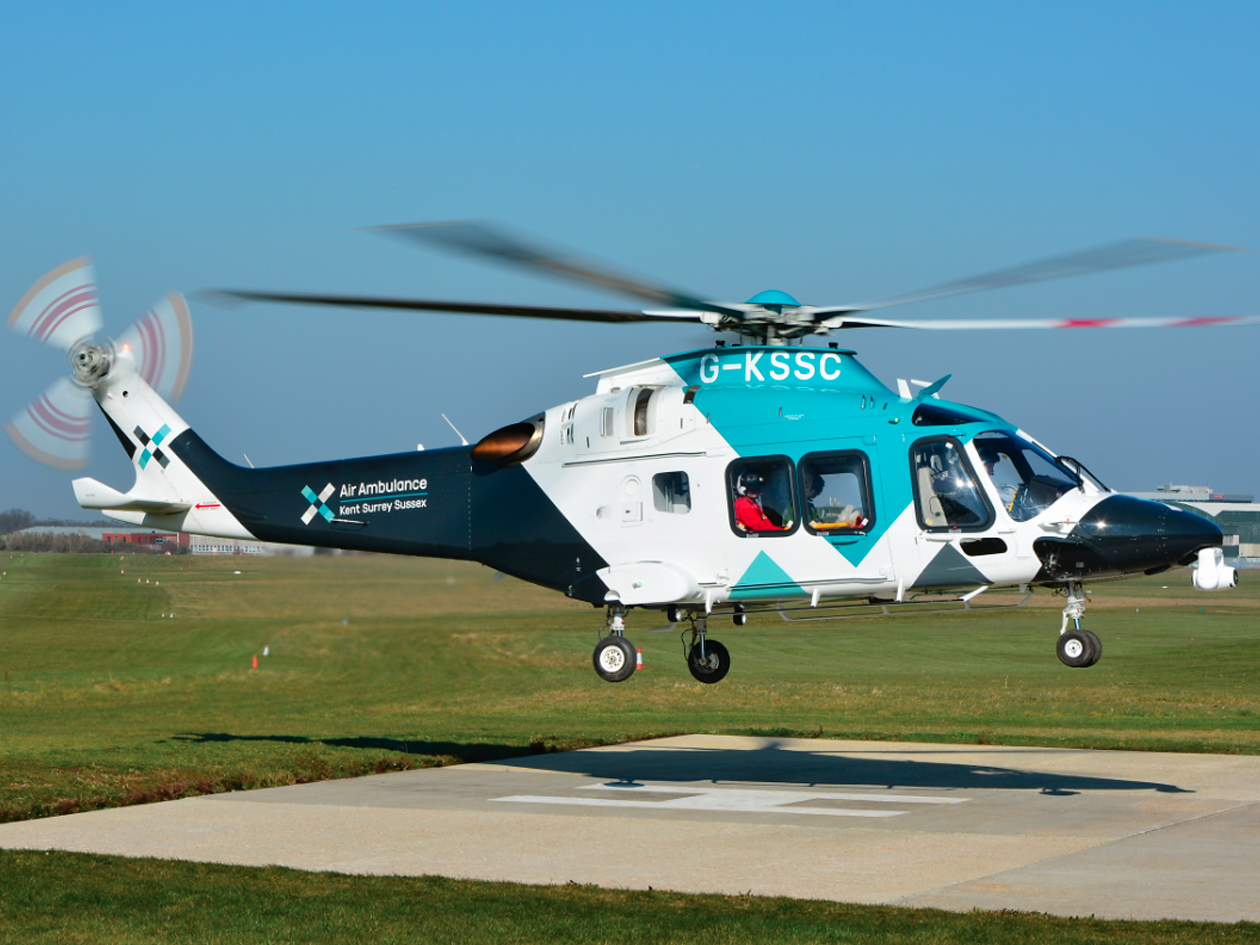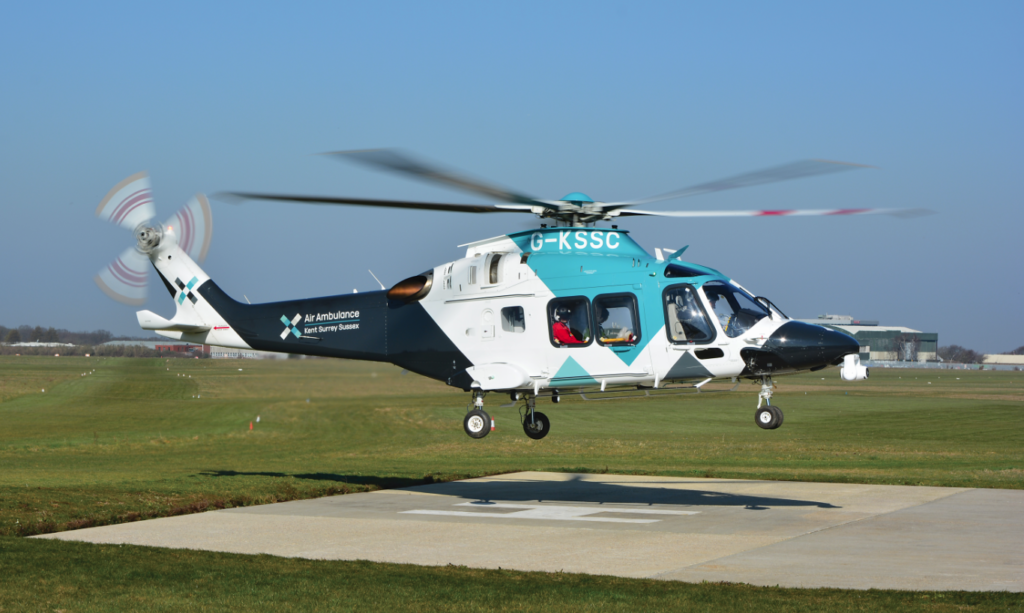
Live video footage from mobile phones at the scene of accidents could help guide helicopter emergency medical service (HEMS) dispatchers, a new study has found.
Video footage provided by callers could significantly boost the correct tasking of HEMS teams, according to the research, which was published in the Scandinavian
Journal of Trauma, Resuscitation and Emergency Medicine. The concept relies on an app called GoodSAM (Smartphone Activated Medics). This allows the HEMS dispatcher to request the caller of the emergency number to activate the video camera on their phone, securely streaming live video footage in real time to the control
room, according to the study. This can only take place if the caller gives permission and if it is safe for them to approach the scene. The footage is not recorded or stored on the person’s phone or on the GoodSAM portal.

Advertisement
The concept was tested by Air Ambulance Kent Surrey and Sussex (AAKSS) in the U.K. between March and December last year. Video footage from the scene was attempted for 21 emergency calls, mainly to directly assess the patient and to obtain information about the injury and the scene. Video footage was successfully obtained in 19 of these calls. It was used to send a HEMS team on five occasions, and to stand down a team in 14 others.
In an interview with Vertical 911, professor Richard Lyon, associate medical director at AAKSS and one of the co-authors of the report, said a HEMS team by definition is a very valuable resource. They tend to cover a large area: for example, AAKSS has two teams covering three counties in the southeast of England. It is therefore extremely important that the teams are tasked appropriately, and not sent to jobs that could be handled by regular ground ambulance and emergency medical services. It would be wasteful, for instance, to send a HEMS team to treat someone with a sprained ankle or other minor injury, Lyon said.
“They’re not bringing any added benefits there, because the ground EMS teams could handle that very effectively,” he explained. “And if we’re tasked to something like that, we may then be unavailable for a serious incident.”
HEMS teams are trauma-focused, Lyon said, covering incidents where they can bring additional clinical capability to the scene: delivering anesthetic, for example, or a blood transfusion, as well as rapidly transporting injured parties to a specialist facility like a major trauma center. EMS teams in general are very reliant on members of the public, he said. However, much of the required information is often very technical, and callers are often asked to provide this information at times of extreme stress. It can be difficult for a layperson to tell if a person is conscious or semi-conscious, or whether they are breathing normally, crucial details a dispatcher will use in assigning a HEMS team. Video footage can provide these details.

The pilot study considered two areas in particular, Lyon said. First, it sought to determine if the idea was technologically feasible. Second, it analyzed whether it was acceptable to the public. The research returned positive results for both of these questions, Lyon said. On the technical side, the GoodSAM app worked well, though it relied on the caller having 3G access at least.
Advertisement
“If you’re in an urban environment it’s usually fine, but if you are in a very rural place it is much more difficult and sometimes impossible to actually get video footage,”
Lyon said.
While the study focused on just a small number of incidents, the results suggest that “it was entirely acceptable to the public; we had no one refuse to do it, and in fact everyone was very willing.” However, the researchers learned that it was important “to keep the call continuous”: once the caller gave their information to the dispatcher they were immediately transferred to a specialist HEMS dispatch team who then explained the GoodSAM system, because if they hung up before agreeing, it was very difficult to get them to answer the phone again, perhaps because it came from an unrecognized number or simply due to the acute stress they were under.
“We need to keep the caller on the line until we’ve explained the video procedure to them,” Lyon said.
AAKSS is now working closely with South East Coast Ambulance Service — which operates in the same geographic area — on the next steps for the project. This will see critical care paramedics receiving access to the footage, allowing them to make more informed clinical decisions.
“We know it works and that the public so far accept it — what we need to do now is work out the kind of clinical input we can extract from the calls and how it is going to affect our dispatch, not just for HEMS but for ambulances in general.”


